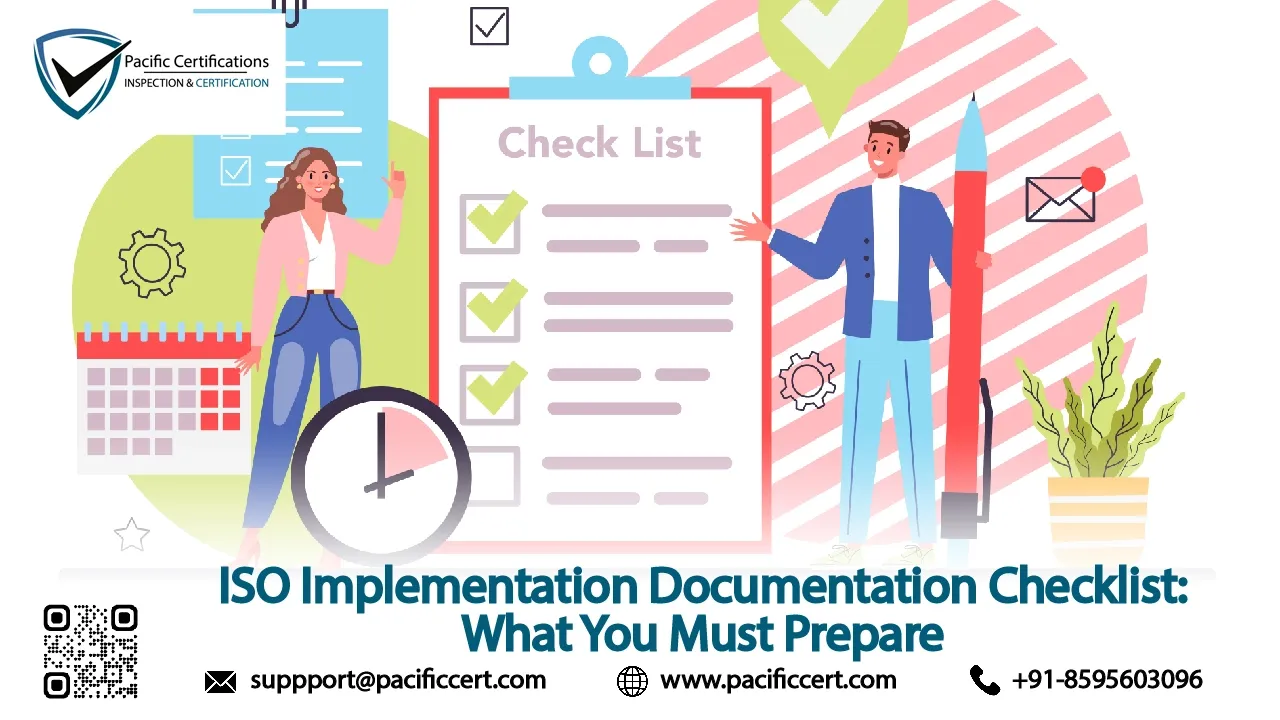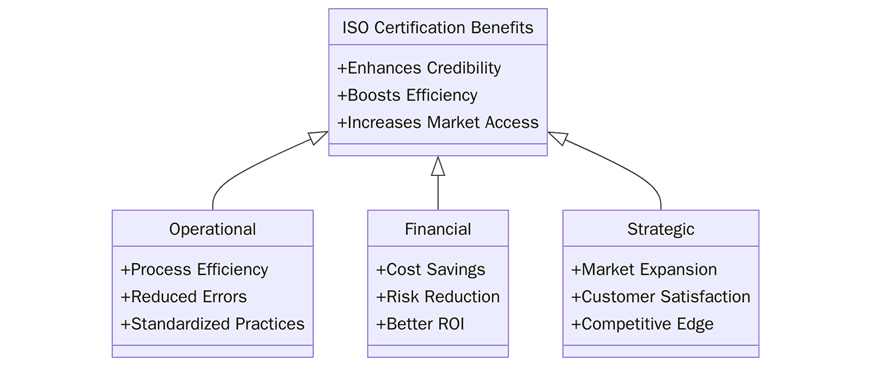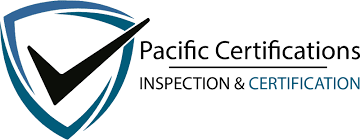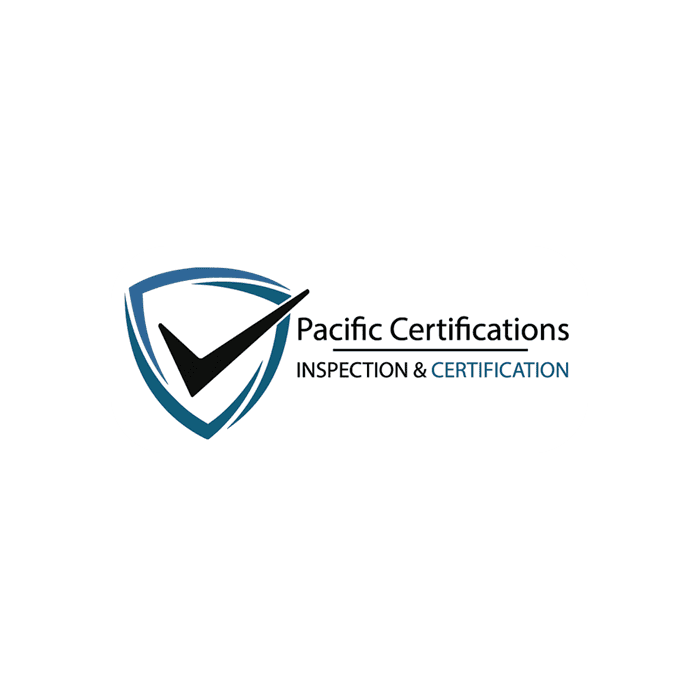ISO Implementation Documentation Checklist: What You Must Prepare!

Creating an ISO standard is not just about knowing the clauses, but it is also having appropriate documentation to show that you complied with the standard, you controlled the processes and that you can show compliance during an audit. When the organization is focused on implementation for ISO certification, the right documentation will make the implementation process easier, reduce the possibility of nonconformance and provide clarity for all employees and the auditors. Having appropriate documentation that complies with the ISO standard helps maintain compliance, and promotes consistency within all departments that can upgrade operational excellence and increase stakeholder confidence.
For more information, contact [email protected].
Introduction
ISO documentation is the cornerstone of an effective management system. It provides evidence to show that your organization has processes to meet the standard requirements. Documentation helps staff understand their roles and responsibilities, assists with internal audits, and fosters continual improvement. Whether you are using ISO 9001 for quality management, ISO 14001 for environmental management or ISO 45001 for occupational health and safety management, a well-defined and ordered set of documents is important for both reality testing and certification.
What are the Key Documentation for ISO Implementation?
The documentation required for any ISO certification usually consists of policies, procedures, work instructions, records and forms. Policies represent the commitments of your organization towards quality, environment, safety, or another area of focus of the ISO standard. Procedures describe the processes required to achieve your objectives. Procedures include the process steps, responsibilities, and expected outcomes. Work instructions outline the specific tasks required to complete a job, providing detail to ensure have each person performs the exact same way. Records include evidence of compliance, such as: training records, inspection records and performance records. Each document is part of a systematic approach and consistency across the organization. Written policies, procedures, work instructions and records are required for both internal audits and certification assessments.
What are the requirements of the standard?
Below are the primary documentation requirements that organizations must prepare when implementing an ISO standard:

1. Policy documents describing objectives and commitments relevant to the ISO standard.
2. Procedures describing processes, roles, responsibilities, and authorities.
3. Work instructions operational tasks to standardize procedures.
4. Records of evidence demonstrating compliance, e.g. records of training, evidence of inspections/audit/corrective actions.
5. Risk assessment and management records, as appropriate (for standards like ISO 9001, ISO 14001, and ISO 45001).
6. Records relating to monitoring and measurement of performance indicators, and targets.
7. Records of internal audit schedules, findings and subsequent actions.
8. Management review records documenting review of system performance and decision-making.
For more information, contact [email protected].
What is a Certification Audit?
The certification audit, which is part of the ISO implementation process, represents the formal assessment of your organization’s management system by a recognized certification body. The audit starts by working through your organization’s documentation, including policies, procedures, work instructions and records, to identify any gaps in the documentation, to show you are meeting the requirements of the standard. The auditors will be aware of whether the documentation is implemented in all relevant functions and activities.
Certification audit will take place in two stages; stage one will be the assessment of the documentation and planned changes to the management system, and stage two will involve the confirmation of all practicable processes in coordination with staff and observation of a day in your organization. The focus of auditor stage two actions will be verifying that the management system is implemented and processes complying with the requirements, being consistent and demonstrating continuous improvement of processes. Any gaps, non-conformity or discussions are noted as findings they would record at the end of the certification audit process. The certification audit process requires that organizations implement corrective action, within a specified time frame to get audit findings to be certified to the ISO standard.
More than just an opportunity to become certified, the audit will provide the opportunity for process improvements, identification of process risks and potential improvements, making the audit process a key process to establish and maintain ISO certification and assurance to stakeholders of your processes.
How to Prepare for ISO Certification?
The preparation for ISO certification not only involves documentation, but must also be methodical in how an organization analyses its management system.
The first step must be to conduct a needs assessment to find anything that is missing or lacking in respect to documentation. Employee training is tied to understanding the role of the employee and how the processes they are involved with are implemented. Internal audits will identify and target areas for improvement and provide a level of comfort in terms of potential non conformity prior to the official audit. Engaging in good maintenance of the records, completing corrective actions in in a timely manner, and keeping management aware of system performance, is all critical in regards to certification.
There will be the eventual execution of policies, procedures, records, and workflows during this preparation period. If an organization is thorough, they will not only show they are prepared for the certification audit, but also work towards improving compliance, and developing a level of confidence when they meet the auditor and other stakeholders.
What are the benefits ISO certifications?
Implementing proper ISO documentation provides multiple benefits for organizations:

1. Well-documented procedures help ensure that everyone employs a largely uniform approach to any given process, which improves consistency, decreases variability, and reduces errors.
2. Starting with documentation creates clearer records and acts as a guide for how organizations will comply with standard expectations, therefore flagging areas for any potential non-conformities.
3. Jobs that have documented workflows eliminate wasted time and confusion by providing clear instructions, enhancing the employee ability to accomplish their work accurately.
4. Documentation of processes, procedures, and work instructions, improves internal and external audits, making audits more smooth and less stressful and time-consuming.
5. Documentation creates a clear understanding of an employee's job in an organization, ensuring they understand the performance expectations, where they fit into the organization, and how they are accountable to one another.
6. Without documentation there isn't a basis for measuring and monitoring processes or for evaluating an organization's improvement over time.
Contact Us
Pacific Certifications provides accredited ISO certification services and guidance throughout the documentation and audit process. Our team assists organizations in preparing all required documentation, conducting internal readiness checks, and ensuring successful ISO implementation. Contact us at [email protected] or visit www.pacificcert.com to learn more about our certification services and support.
Ready to get ISO certified?
Contact Pacific Certifications to begin your certification journey today!
Suggested Certifications –

